How are your unprotected palms doing so far?
User
11 years ago
Related Stories

LANDSCAPE DESIGNCelebrate a Sunny Climate With the Right Leafy Palm for Your Site
So you get freezes or floods. So your garden is small. These palms send excuses riding off into the tropical sunset
Full Story
MIDCENTURY HOMESHouzz Tour: Pools and Martinis Inspire a Palm Springs Remodel
Weighed down by black-heavy ’80s style, a California desert home gets a fun and lighthearted look just right for its midcentury roots
Full Story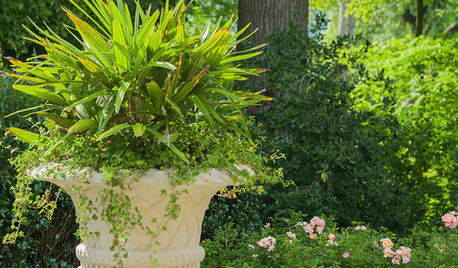
FLOWERS AND PLANTSNeedle Palm Brings Unique Texture to the Southern Woodland Garden
This sprawling, resilient palm can be used in many ways
Full Story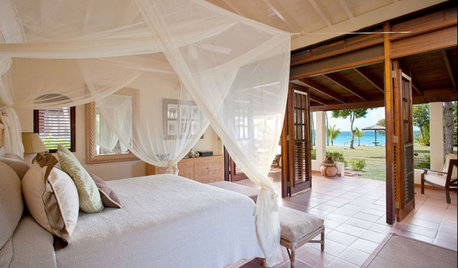
DECORATING GUIDESSo Your Style Is: Tropical
Easygoing and natural with an exotic allure, rooms designed with a tropical feel exude warmth and graciousness
Full Story
HOUZZ TOURSRare Modernist Home Uncovered in Palm Springs
A custom home by modernist William Krisel gets restored and updated
Full Story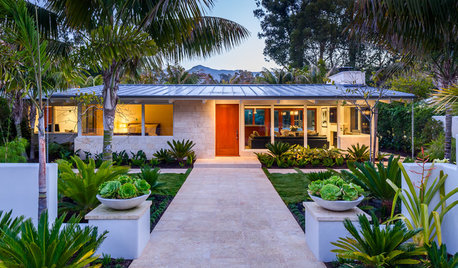
REMODELING GUIDESSo You Want to Build: 7 Steps to Creating a New Home
Get the house you envision — and even enjoy the process — by following this architect's guide to building a new home
Full Story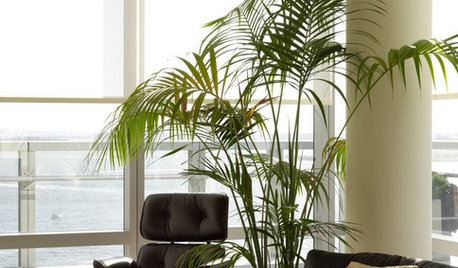
DECORATING GUIDESPalm Trees Take Interiors on a Tropical Vacation
Conjure a sultry vibe or bring welcome life to modern rooms. Whatever your interior design style, palm trees are the ticket to enhancing it
Full Story
MIDCENTURY HOMESMy Houzz: Palm Springs Inspiration in Dallas
Midcentury furniture mixes with new handmade pieces and local art in a Texas couple's 1961 home
Full Story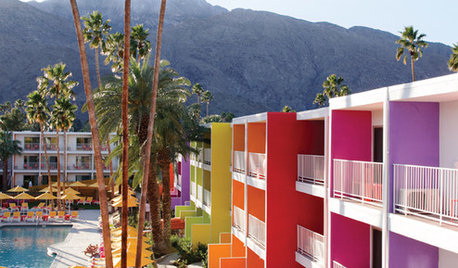
COLORColor Me Dazzled: The Saguaro Hotel in Palm Springs
No dusty neutrals for this desert hideaway — The Saguaro hotel revels in electrifying color from every arc of the rainbow
Full Story
PETSSo You Want to Get a Cat
If you're a cat lover, the joys outweigh any other issue. If you haven't lived with one yet, here are a few things to know
Full StorySponsored
Columbus Area's Luxury Design Build Firm | 17x Best of Houzz Winner!
More Discussions






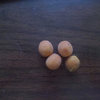
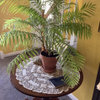
statenislandpalm7a
chadec
Related Professionals
Tomball Landscape Architects & Landscape Designers · Wixom Landscape Architects & Landscape Designers · Aurora Landscape Contractors · Peabody Landscape Contractors · Pottstown Landscape Contractors · Brockton Landscape Contractors · Danvers Landscape Contractors · Fort Atkinson Landscape Contractors · Fridley Landscape Contractors · Lake Worth Landscape Contractors · Shoreview Landscape Contractors · Northlake Landscape Contractors · Alexandria Window Contractors · Carol City Window Contractors · Clarksburg Window Contractorsjacklord
prinbama
LagoMar
williamr
ericthehurdler
Bob_in_AZ__Z9
LagoMar
Bob_in_AZ__Z9
tropicalzone7
LagoMar
Bob_in_AZ__Z9
wetsuiter
trishmick
steve_nj